Ötzi, the Man in the Ice
5,000 Years in an Alpine Glacier
September of 1991 was unusually warm in the Ötztal Alps, where Austria and Italy border one another high up among the crags of the Tyrol. Helmet and Erika Simon, a pair of German tourists from Nuremberg, had come south for a bit of late-season hiking. As they were descending from the peaks of the Ötztals, they saw what appeared to be a body sticking out of a melting glacier high above the treeline.
Assuming that the corpse belonged to a recently deceased climber, the Simons sought out the relevant authorities, showed them what they’d found, and carried on with their vacation.
But the body wasn’t that of a fellow mountaineer. As the mountain’s caretakers began drilling into the ice to remove the corpse, they found the remnants of leather and hide clothing, containers made from birchbark, wooden and stone tools, and a copper axe. The body belonged to a man who had been frozen at more than 10,000 feet for a very, very long time.
Researchers set about learning everything they could about the man in the ice. “Ötzi,” so named from the Ötztal Alps where he was found, has become a wealth of information about a long-lost period of history: the Copper Age, more than 5,000 years ago, when Ötzi last drew breath. He’s one of the oldest mummies in existence, contemporary with some of the very oldest examples from Egypt. The ice preserved his body to an incredible degree: His internal organs, skin, and even his blood cells have remained intact. Even more surprising, Ötzi died on the mountain with an incredible selection of his belongings. Organic materials like wood and animal hides practically never survive from that far back; they rot away within years or decades at the very most. In this rarest of cases, however, the ice preserved them for us to find all those millennia later.
Ötzi is certainly the most studied ancient person ever, and one of the most intensively researched people of any age. In the decades since his discovery, he’s served as a testbed for a staggering array of investigations, from analysis of his DNA to the isotopes in his tooth enamel to research on the microbiome of his intestines, even studies of the various animals from which his clothing was made. The results have been stunning, shedding light on everything from where he spent his childhood to what he ate in his final hours. The sheer granular detail of what we know about Ötzi tells a fascinating series of stories about his life in a world obscured by 5,000 subsequent years.
Those stories include not just Ötzi’s life, but also his death.
At first, researchers assumed that Ötzi had met his end in a tragic accident. Perhaps he had fallen to his doom, or been caught in a sudden blizzard or avalanche high up in the mountains. But more detailed analyses - namely a high-resolution CT scan of his torso - uncovered something rather more sinister: a razor-sharp stone arrowhead embedded deep in his shoulder. It had entered his back and nicked his subclavian artery, causing massive blood loss, shock, and death quite soon afterward. Trauma to his face implies that the shock of the impact threw Ötzi face-first onto the ground, possibly onto a rock. Faint bruising on his back suggests that the assailant stuck his foot down and tried to yank out the precious arrow, succeeding only in snapping off the shaft and leaving the projectile itself in place.
And that’s not all: He had suffered a serious gash in his right hand shortly before his death, a blow severe enough to nick the bone. It looks like a parry injury, as if someone had tried to hit him with a sharp axe or a knife and he’d instinctively raised his right hand to ward off the blow. Soon after that, one or more attackers followed Ötzi more than 10,000 feet up into the Alps, shot him in the back with an arrow, and left him to die.
Who wanted Ötzi dead, and why? We’ll never know, absent a time machine. But we can know a great many other things about Ötzi and his life. Let’s start with the basics, ascertained from his genes and what survived in the ice. At the time of his death, he was about 45 years old, give or take five years; he had brown hair and brown eyes, stood about 5’3” tall, and weighed about 135 wiry pounds. This is a reconstruction by the Kennis brothers, two extremely talented paleoartists:
If Ötzi looks a bit older here than we might expect from a 45-year-old, it’s because he had lived a tough, vigorous life. His hips and ankles showed mild to moderate degenerative changes. Calcification had taken hold in his knees. He had damaged, maybe even torn, ligaments in his knees and ankles. His back, low down in the lumbar spine, probably ached. At some point years before his death, he had broken several ribs, injuries that had healed completely. His left little toe had suffered serious trauma, probably frostbite. The muscle attachments in his legs were extremely strong, the bones thicker than normal. All speak to a life spent hiking and climbing over rough terrain, probably while carrying heavy loads. He and his friends had tried to treat his ailments, probably with therapeutic tattoos: Ötzi had a total of 61 tattoos in 19 groups across his body, including his ankles, wrists, and lower back, many of them corresponding precisely to places where he’d suffered some injury or degenerative damage.
So we know Ötzi was active, probably in the same kind of mountainous environment - albeit not as high - where he died. Another line of evidence narrows it even further. Stable isotopes of strontium, oxygen, and lead in teeth and cortical bone reveal the underlying geology of the region where an individual spent various parts of their life (teeth for childhood, cortical bone for adulthood). In Ötzi’s case, the stable isotope values point toward a childhood spent on the southern slope of the Alps, no more than 70 miles from his glacial tomb. The most likely spot is the Valle Isarco, about 40 miles east. A town called Feldthurns shows evidence of occupation at precisely this point in the Copper Age, and maybe that’s where Ötzi grew up.
The isotope values for Ötzi’s adulthood are less clear and allow for two possibilities: He either lived near the town of Juvale, about 20 miles south of where he died, or lived a seasonally itinerant existence, moving up and down the mountain valleys at different times of the year. Researchers used to favor the latter, since it would fit with the theory that Ötzi was a shepherd who moved his flocks up in elevation to graze in the rich mountain pastures every summer, then bringing them back down in the autumn. This is called “transhumant pastoralism,” and it’s a common practice both in that part of the Alps and worldwide. In fact, shepherds used precisely the route on which Ötzi died to move their flocks for thousands of years, even into the 20th century. Based on the pollen found in his intestines, which he would have ingested as he breathed and ate, Ötzi died in May or June, precisely when shepherds would’ve been taking their sheep on that route. It seems simple: Ötzi was a shepherd who ran afoul of somebody or some group as he traveled, and was killed for his trouble.
This is possible, but we can’t prove it. In fact, we have some evidence against it: Clearing Alpine meadows to create lush pasturage for flocks of sheep leaves tell-tale signs in the pollen record, which can be cored from lake sediments. Those signs in the pollen record aren’t there for Ötzi’s lifetime. They only show up about 1500 years after his death, well into the Bronze Age.
He might not have been a shepherd, but Ötzi was dressed for the mountains, with layers of warm clothing. His outermost layer was a cloak woven from grass, which he wore over a coat of goat- and sheepskin, a sheepskin loincloth, goatskin leggings, a belt of cow-leather, and leather shoes stuffed with grass. A bearskin hat topped him off. On his back, he carried a backpack or pannier made from wood and cords of woven grass, with a fur sack tied to the frame. He was traveling light, with a few containers made from birch-bark, a firestarting kit, some food, a few shaped pieces of flint for various purposes, and a retouching tool to sharpen his flint blades. And he was armed: he carried a short-bladed flint dagger on his belt, an unfinished bow-stave, a dozen partially finished arrows and bowstring in a quiver made from deerskin, and a copper axe.
Ötzi probably didn’t make the flint tools and weapons himself, but he did sharpen them, probably soon before his death. The wear patterns suggest that he was right-handed. But he might have been involved in copper metallurgy, maybe even making his own axe: His lungs contain fine soot particles and his hair contains traces of arsenic, a trace metal often found in copper deposits, precisely what you’d expect from someone who spent their time working copper. Interestingly, the copper in Ötzi’s axe-blade actually came from far to the south, in Tuscany, rather than the copper sources in the Alps.

There’s a subtle genius to Ötzi’s clothing, tools, and weapons. The flint blades are extremely well made, probably by a specialist flint-knapper rather than Ötzi himself (the retouching work, which Ötzi presumably did, was competent but not exceptionally so). The flint itself came from at least three different sources, one of them at least 40 miles away. The hazel wood of his backpack had been taken when fresh and pliable, then bent into place and left to harden into a U-shape. The yew wood of his bow-stave was dense, and had been well selected and finely shaped with an adze. The copper axe’s yew handle had been made from a naturally forked piece of wood to provide the correct angle for the axe-head to be inserted. Yew, hazel, and the birch of his containers all grow at different elevations in the mountains, and he and his people presumably knew where to find them. Reproductions of his leather-and-grass shoes have performed well even in snow and ice, and his layered clothing would have kept him quite warm. At the time of his death, Ötzi was suffering from some gastrointestinal ailments caused by parasites; he was carrying a kind of birch-fungus with anti-parasite properties on him when he was killed, and a few days prior had eaten a kind of fern that can combat intestinal parasites.
This shouldn’t be surprising. Ötzi and his people had lived in that part of the world for thousands of years at the time of his death. He was a descendant of some of the first farmers to migrate into Europe from Anatolia. Today, his closest living relatives can be found on the island of Sardinia, holdovers who have avoided much of the population turnover and replacement that has affected the rest of Europe in the past 5,000 years. Ancient DNA studies show that he was quite closely related to people living in the other farming communities of Europe in the late Neolithic (or Copper Age).
Ötzi wasn’t a farmer himself; he shows no signs of backbreaking agricultural labor. But his digestive tract was full of domesticated grains, including his final meals, so he certainly knew people who grew crops. Much of his clothing was made from the skins of domesticated animals. Yet his final meals consisted not of domesticated animal flesh, but wild ibex and deer, so we know that Ötzi and his people exploited both wild and domesticated resources.
In fact, Ötzi’s last meal contained both wild and domesticated resources. Sitting there in his stomach, undigested - he ate literally minutes before he was shot with the arrow - was ibex, smoked red deer, and einkorn wheat. His prior meals had included more ibex and red deer, domesticated goat, more einkorn wheat, and barley, precisely the kinds of energy-dense meals a person would need if they were climbing up and down the mountains.
That’s precisely what Ötzi had been doing: The pollen in his system shows that he had started the day before his death above the treeline at about 8200 feet, where he ate a breakfast of mushy einkorn wheat. He climbed down to a broad-leafed forest at around 4500 feet in elevation around midday and ate some mush again. The morning of his death, he started in that broad-leafed forest, and then climbed back up through a subalpine coniferous forest on his way up the mountain pass, where he ate his final meal soon before he was shot and killed.
That’s a pretty stunning level of detail to have about a person who’s been dead for more than 5,000 years.
Ötzi’s world may be distant in time from our own, but it wasn’t simple. He was tied by trade and movement to people hundreds of miles away, belonged to a population with roots thousands of years in the past, and lived a well-suited, sophisticated way of life in the high valleys of the Alps. We’ll never know why he died, but we know how. Even more than that, we know how he lived.

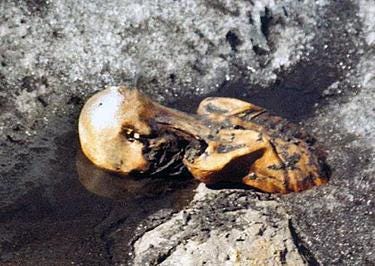
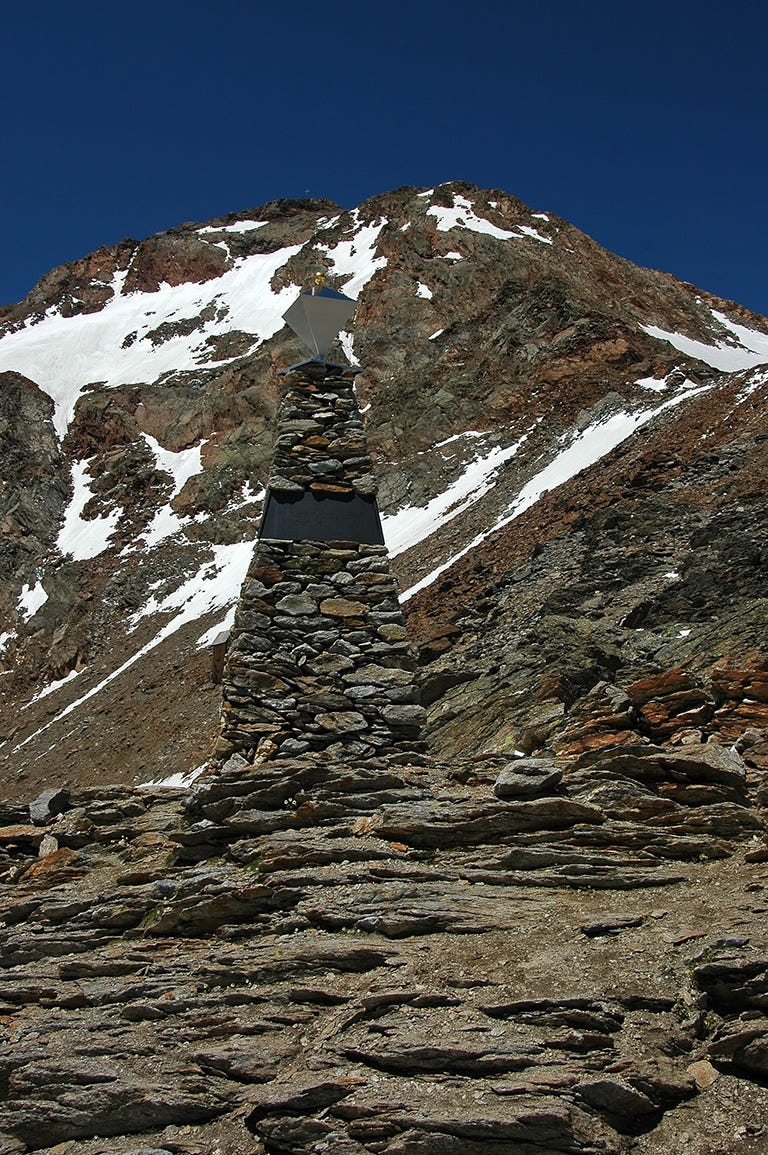
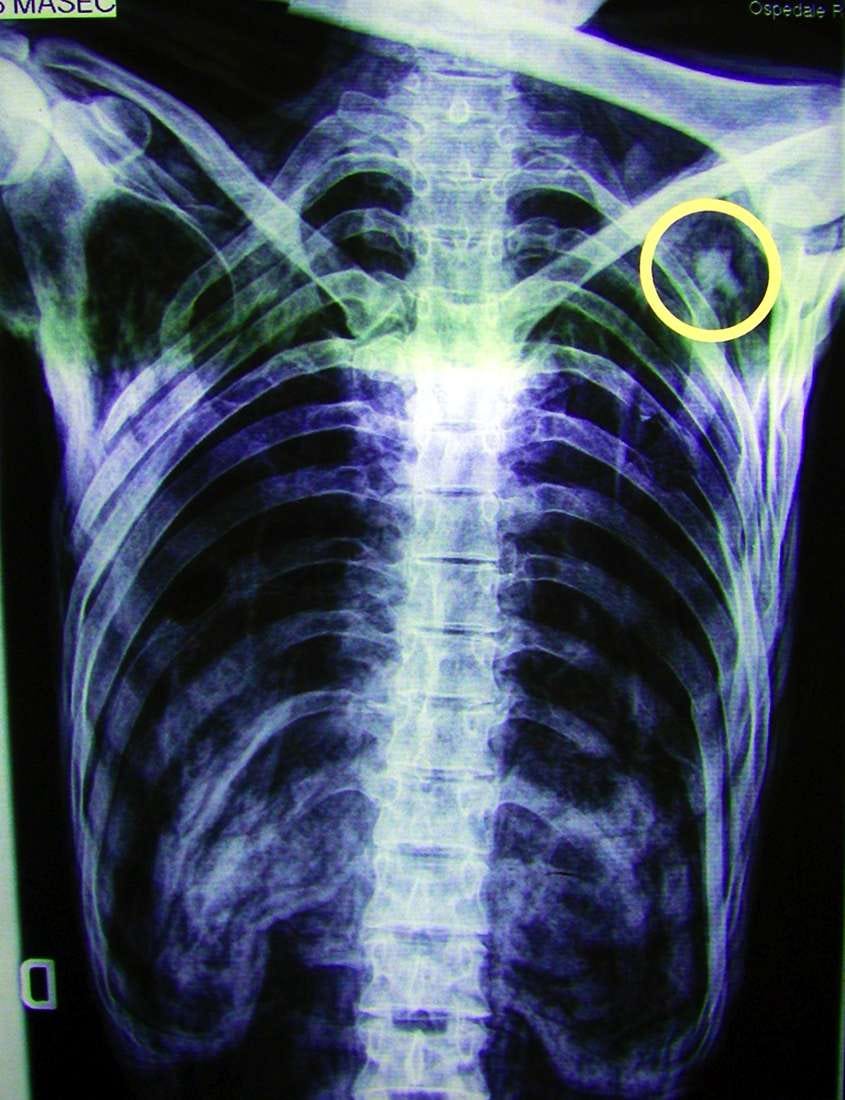

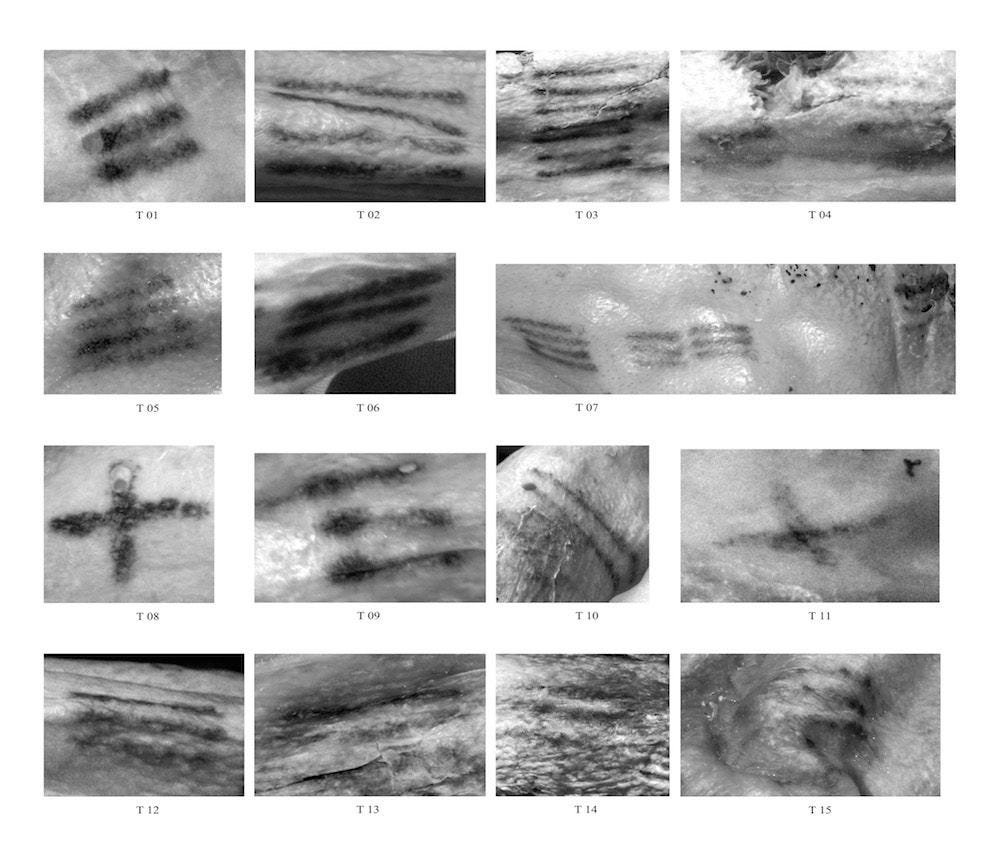
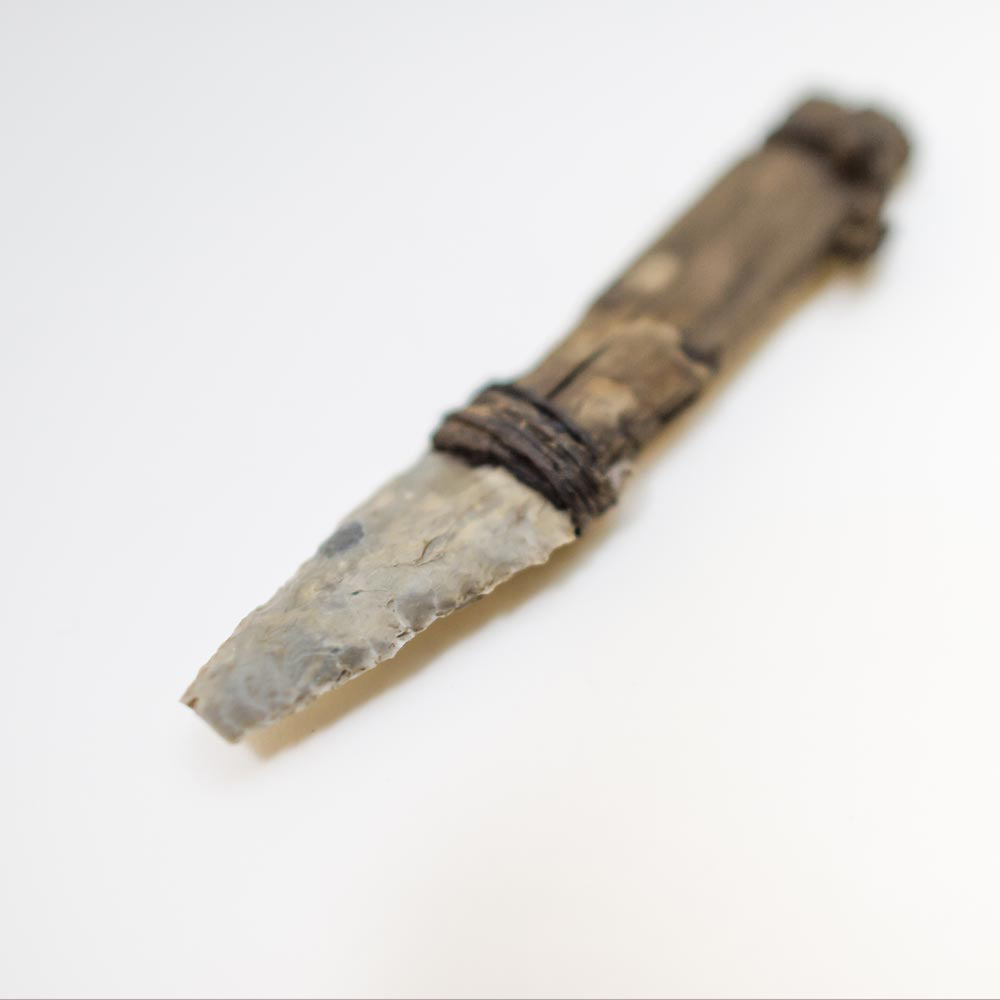
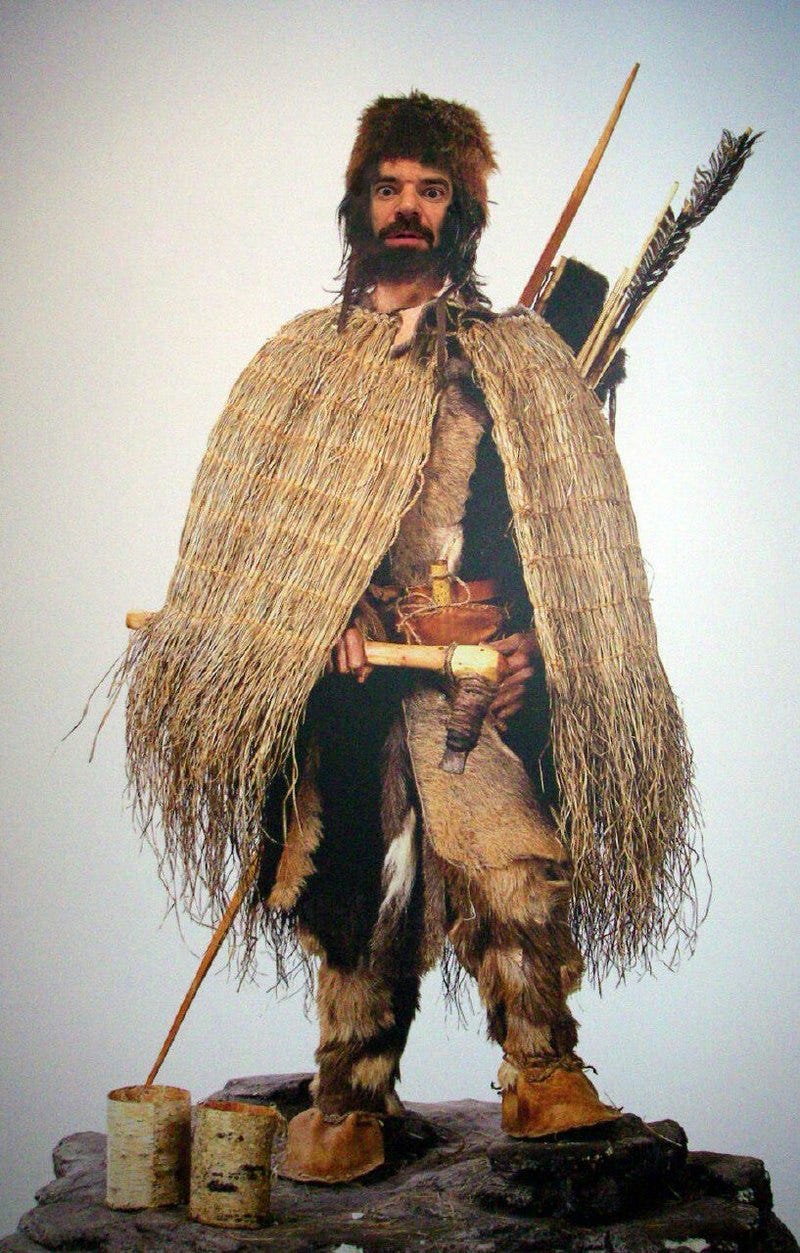
I am very glad I signed up for this newsletter.
I'm really intrigued by the fact that all of Ötzi's tools were still there - not stolen by the person who killed him! Particularly that axe. I'm imagining different narratives about why the assault happened, and in so many of them it just doesn't make sense to leave behind something so useful and valuable.
And on the theory of Ötzi as a shepherd ... wouldn't he have a dog? Absence of evidence, yeah, but, sheep would have just walked away with a new owner, and a dog would absolutely have attacked the assailant and probably been killed, so the absence of evidence there is at least suggestive, isn't it?
I'm so, so fascinated by the glimpses of cultural and economic structures. My history interest is at least 60% a form of escapism from modern day politics :) but these glimpses of ancient politics, these wildly different ways humans have organized themselves, are really refreshing and a provoke to the imagination.